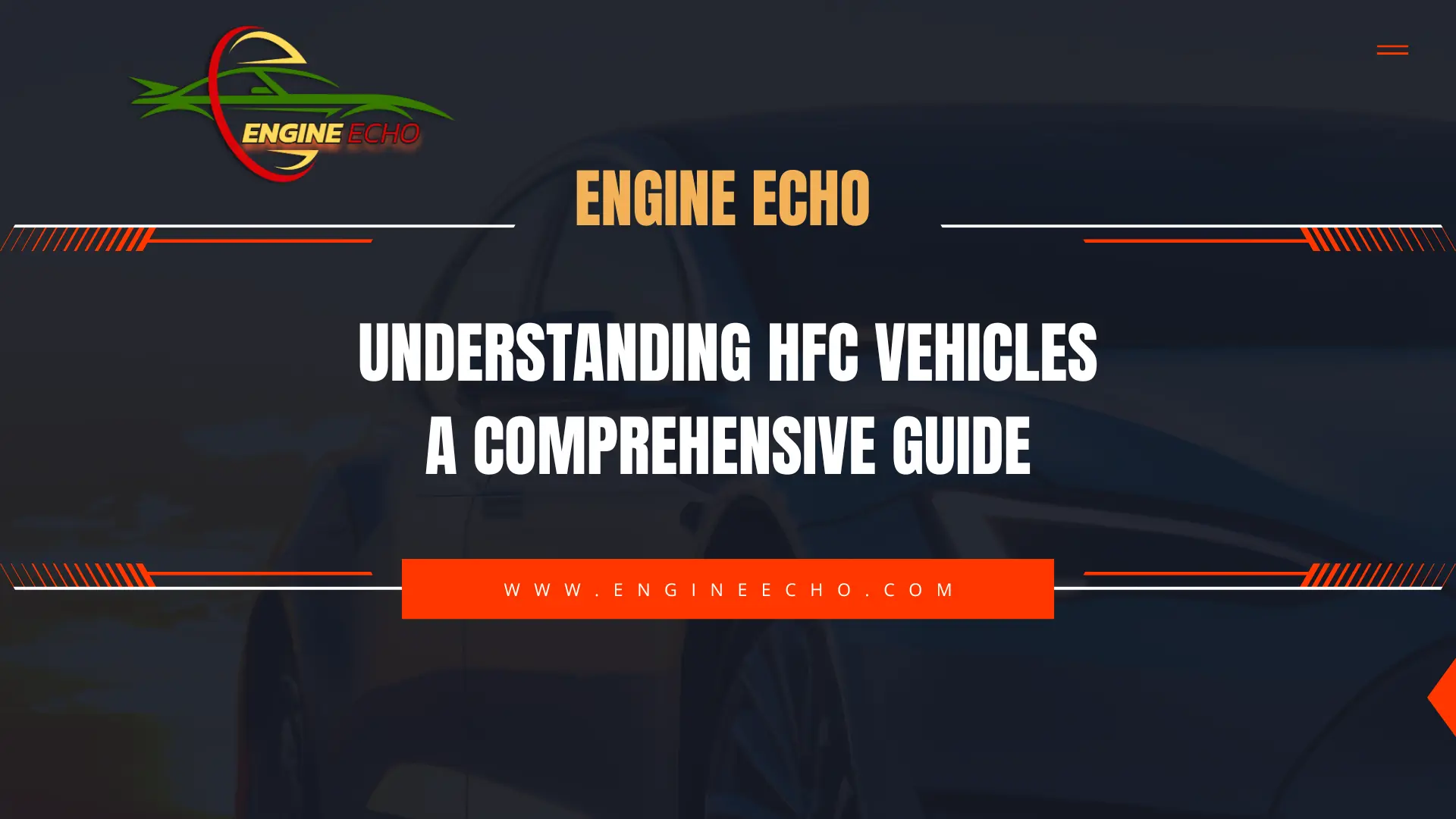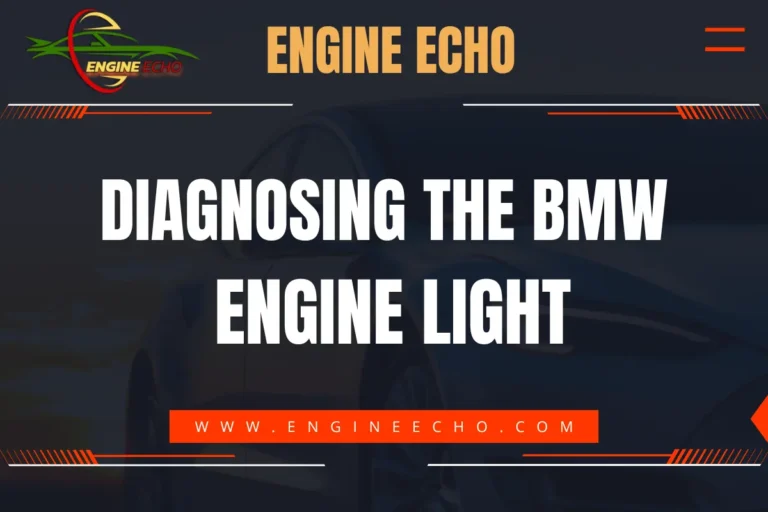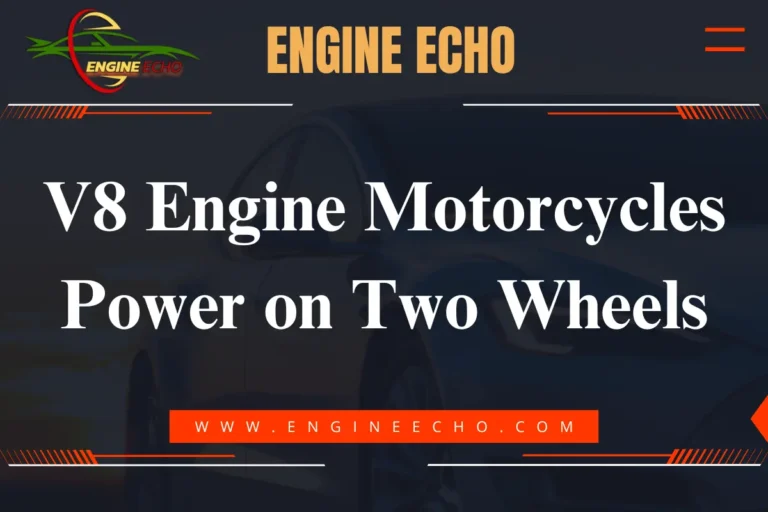Understanding HFC Vehicles: A Comprehensive Guide

Introduction to HFC Vehicles
Hydrogen Fuel Cell (HFC) vehicles are becoming increasingly popular in the automotive world. These vehicles use hydrogen to produce electricity, powering their motors. Unlike traditional gasoline or diesel engines, HFC vehicles emit only water vapor and heat, making them environmentally friendly.
History and Development of HFC Vehicles
The history of hydrogen fuel cells goes back to 1839 when Sir William Grove developed the first fuel cell. By the 1960s, NASA was using fuel cells to power spacecraft. Interest in HFC vehicles surged in the late 20th century, with companies like Toyota, Honda, and Hyundai introducing models like the Toyota Mirai and Hyundai Nexo.
How Do HFC Vehicles Work?
HFC vehicles generate electricity by combining hydrogen gas with oxygen from the air in a fuel cell. This electricity powers the vehicle’s motor, and the only by-product is water vapor. The fuel cell has three main parts: an anode, a cathode, and an electrolyte membrane. At the anode, hydrogen molecules split into protons and electrons. The protons pass through the electrolyte membrane to the cathode, while the electrons create an electric current. At the cathode, protons, electrons, and oxygen combine to form water, which is expelled as vapor.
HFC vehicles also have a small battery that stores excess energy produced during braking and deceleration. This stored energy provides extra power during acceleration, enhancing efficiency and performance.
Benefits of HFC Vehicles
One of the biggest benefits of HFC vehicles is their positive impact on the environment. They produce zero emissions, only emitting water vapor. This makes them ideal for reducing air pollution and combating climate change. Unlike traditional engines, HFC vehicles do not produce harmful pollutants like nitrogen oxides or particulate matter, which contribute to respiratory diseases.
Additionally, HFC vehicles have a longer range compared to battery electric vehicles (BEVs). They can travel up to 300 miles on a single tank of hydrogen and refuel in just a few minutes, making them convenient for long-distance travel. Hydrogen can be produced from various renewable sources, making it a sustainable fuel option.
Challenges Faced by HFC Vehicles
Even though HFC vehicles have many advantages, they also come with a few challenges. The main issue is the lack of hydrogen refueling infrastructure. There are limited hydrogen stations, making it difficult for HFC vehicle owners to find convenient refueling options. Efforts are being made to expand the network of hydrogen refueling stations, especially in areas committed to reducing carbon emissions.
Another challenge is the cost of producing hydrogen in an environmentally friendly way. Most hydrogen is currently made from natural gas, which releases carbon dioxide. Developing cost-effective and sustainable methods of hydrogen production, such as using renewable energy, is crucial for the future of HFC technology.
Storing and transporting hydrogen also presents challenges due to its high flammability and low energy density. Hydrogen must be stored under high pressure or at very low temperatures, requiring special handling. Advances in hydrogen storage technologies, such as solid-state hydrogen storage, are being explored to address these issues.
The Future of HFC Vehicles
The future of HFC vehicles is looking bright. Advances in technology and increased investment in hydrogen infrastructure are paving the way for wider adoption. Companies like Toyota, Hyundai, and Honda are developing new models and improving fuel cell efficiency. Governments worldwide are recognizing the potential of HFC vehicles in reducing carbon emissions and are offering incentives and subsidies to promote their adoption.
With continued advancements in fuel cell technology, hydrogen production, and storage solutions, HFC vehicles are expected to become more competitive. As hydrogen production costs decrease and refueling infrastructure expands, the adoption of HFC vehicles is likely to accelerate.
HFC Vehicles vs. Battery Electric Vehicles
When comparing HFC vehicles to battery electric vehicles (BEVs), each has its own pros and cons. BEVs are more widespread and have a well-established charging infrastructure with lower operating costs. However, they have limitations in terms of range and charging time, which can be inconvenient for long-distance travel.
On the other hand, HFC vehicles offer longer ranges and quicker refueling times, making them suitable for long-distance travel and commercial applications. The choice between HFC vehicles and BEVs depends on individual needs and the availability of infrastructure.
Applications of HFC Technology
HFC technology isn’t just for passenger vehicles. It is also used in buses, trucks, and trains. Hydrogen-powered buses offer a clean and quiet alternative to diesel buses, reducing noise and air pollution in urban areas. Several cities, including London and Tokyo, have implemented hydrogen buses in their public transportation systems.
Hydrogen trucks and trains are also being developed to provide sustainable solutions for freight and public transportation. Hydrogen-powered trucks can help reduce emissions from the logistics industry, a significant contributor to global greenhouse gas emissions. Hydrogen trains, especially on non-electrified routes, offer a clean and efficient mode of transportation.
Advancements in HFC Technology
Recent advancements in HFC technology are tackling existing challenges. Researchers are improving the efficiency and durability of fuel cells, making them more cost-effective and reliable. Innovations in hydrogen production using renewable energy sources are helping to reduce costs and environmental impact.
New hydrogen storage systems are enhancing the safety and practicality of hydrogen fuel. These systems can store hydrogen at lower pressures and higher densities, making them safer and more efficient. Advanced materials like metal hydrides and carbon nanostructures are being explored for hydrogen storage.
Additionally, advancements in fuel cell materials and design are improving the performance and lifespan of HFC vehicles. New catalyst materials, such as platinum-free catalysts, are reducing fuel cell costs while maintaining high efficiency. Improved membrane materials and designs are enhancing durability and performance, making fuel cells more competitive with other energy storage technologies.
The Role of Governments and Industry
For HFC vehicles to be successfully adopted, governments and the automotive industry need to work together. Governments play a crucial role in providing the necessary infrastructure and incentives to support hydrogen fuel cell technology. This includes investing in hydrogen refueling stations, offering subsidies for HFC vehicle purchases, and supporting research and development initiatives.
For example, the European Union has established the Clean Hydrogen Partnership to accelerate hydrogen technology development. Similarly, the U.S. Department of Energy’s H2@Scale initiative focuses on advancing hydrogen production, storage, and utilization for large-scale adoption.
The automotive industry is responsible for advancing the technology and bringing cost-effective HFC vehicles to market. By working together, governments and industry can accelerate the transition to a hydrogen-powered future and significantly reduce carbon emissions.
Conclusion: The Road Ahead for HFC Vehicles
HFC vehicles are a big step towards sustainable transportation. With their zero-emission capability and potential for long-range travel, they offer a promising alternative to traditional internal combustion engines and battery electric vehicles. The versatility of HFC technology, with applications ranging from passenger cars to buses, trucks, and trains, highlights its potential to transform the transportation sector.
While challenges remain, continued advancements in technology and growing support from governments and industry are paving the way for wider adoption of HFC vehicles. As hydrogen production costs decrease and refueling infrastructure expands, the adoption of HFC vehicles is likely to accelerate.
Understanding HFC vehicles and staying informed about the latest developments will help us all contribute to a greener future. Whether you’re considering purchasing an HFC vehicle or simply interested in the technology, this comprehensive guide provides you with the knowledge to make informed decisions.
FAQs About HFC Vehicles
1. What is an HFC vehicle?
An HFC vehicle uses hydrogen fuel cells to generate electricity, which powers the motor. It emits only water vapor and heat.
2. How do HFC vehicles differ from battery electric vehicles?
HFC vehicles use hydrogen fuel cells to produce electricity, while BEVs store electricity in batteries. HFC vehicles typically have longer ranges and shorter refueling times.
3. Are HFC vehicles environmentally friendly?
Yes, they produce zero emissions, only emitting water vapor. However, the environmental impact depends on how the hydrogen fuel is produced.
4. What are the main challenges of HFC vehicles?
Challenges include the lack of hydrogen refueling stations, the cost of hydrogen production, and safe storage and transportation of hydrogen.
5. How long does it take to refuel an HFC vehicle?
Refueling typically takes 3-5 minutes, similar to gasoline or diesel vehicles.
6. What is the range of an HFC vehicle?
A typical HFC vehicle can travel up to 300 miles on a single tank of hydrogen.
7. Are there many hydrogen refueling stations available?
Currently, there are limited hydrogen refueling stations, but their number is gradually increasing.
8. How safe are HFC vehicles?
HFC vehicles are designed with safety in mind, with robust systems for storing and handling hydrogen. Technology continues to improve their safety.
9. What is the future of HFC vehicles?
The future looks promising with advancements in technology, increased investment in hydrogen infrastructure, and growing support from governments. HFC vehicles are expected to play a significant role in sustainable transportation.
Thanks for checking out this article on EngineEcho.com! Hope you found this article: "Understanding HFC Vehicles: A Comprehensive Guide" helpful! If you liked it and want to dive into more car engine topics, head over to our homepage. There's always something new to discover in the world of engines. Enjoy your reading journey!
Check out our previous article: Cars with Inline 6 Engine: A Journey Through Time and Technology






